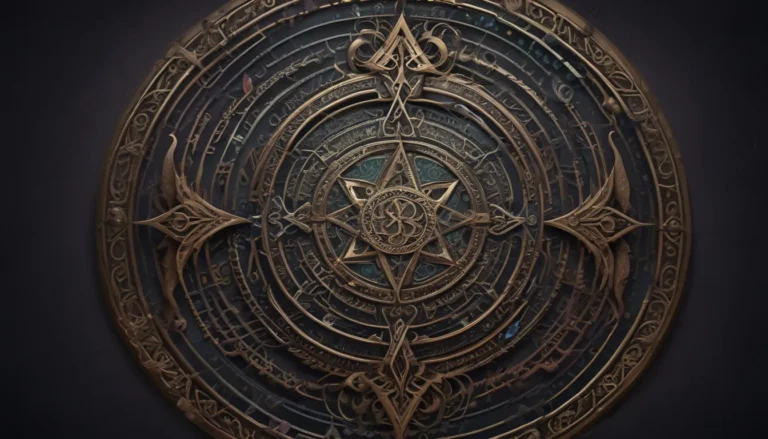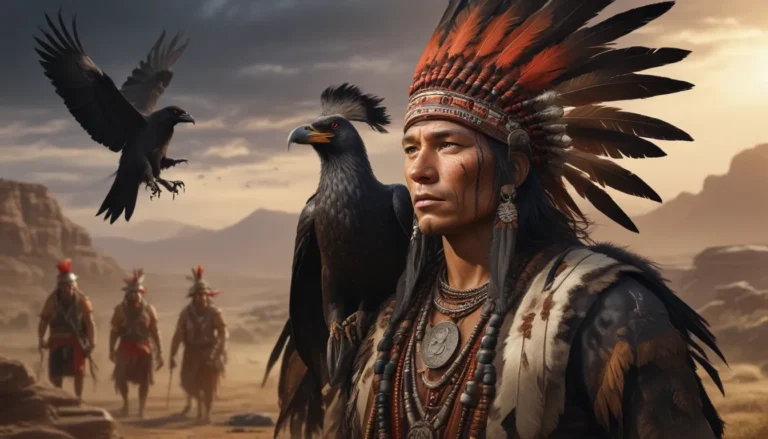The images in our articles may not match the content exactly. They are used to grab your attention, not to show the exact details in the text. The images complement the text but do not replace it.
Have you ever wondered about the intriguing practice of wearing neck rings? The Guinness Book of World Records introduced us to the concept of the longest neck rings in the world back in 2018, showcasing the remarkable traditions of the Kayan women of Myanmar. With a history dating back to the 11th century, these neck rings, or coils, have captivated people with their graceful and unique appearance. However, behind the beauty lie health risks and centuries-old practices that continue to spark debates on tradition versus modernity.
Before forming any biased opinions on neck rings, it is crucial to delve deeper into their origins, cultural significance, and the impact they have on the women who wear them. In this comprehensive guide, we will explore the intricate world of neck rings, shedding light on the tribes that still uphold this tradition, the health issues associated with wearing them, and the cultural significance that these ornaments hold for the women who proudly display them. Join us on a journey to uncover the mysteries behind the longest necks in the world.
Origins Revisited: Tracing the Legacy of Neck Rings
The allure of neck rings extends beyond the Kayan women of Myanmar, as archeologists have unearthed evidence of neck elongation practices dating back to the 11th century in Asia. While the Kayan women are renowned for their brass coils, other cultures like the Celtic people also embraced neck rings, albeit in a different form known as torcs. These torcs symbolized wealth and power without causing neck elongation, showcasing diverse uses of neck ornaments throughout history.
Despite these fascinating discoveries, the origins of neck rings remain shrouded in mystery, with varying theories on their initial purpose and significance across different tribes and cultures. Whether used for beautification, symbolism, or protection, neck rings have transcended time and borders, leaving a legacy of adornment and tradition.
Tribal Tales: Exploring the Practice of Neck Rings Among Different Cultures
The Kayan Women of Myanmar
The Kayan women of Myanmar, also known as the Padaung people, have long been associated with the practice of wearing neck rings from a young age. These women adorn themselves with coils as a means of cultural expression and identity, with each coil change marking a significant milestone in their journey. Despite external misconceptions and health concerns, the Kayan women view neck rings as a natural and integral part of their heritage.
The practice of wearing brass coils among Kayan women has sparked various theories, ranging from protection against potential threats to embodying mythical creatures like dragons. While the true origins remain elusive, the Kayan women continue this tradition with pride and resilience, preserving their cultural heritage amidst societal changes and challenges.
The Ndebele Tribe of Africa
In Africa, the Ndebele tribe stands out with their distinctive brass coils known as idzila, worn by married women as a symbol of status and wealth. These neck rings, accompanied by coils on their arms and legs, reflect the cultural significance of adornment and tradition among the Ndebele people. From marriage customs to social hierarchies, the idzila serves as a tangible expression of identity and allegiance to their community.
With a rich history rooted in the Nguni tribes, the Ndebele people have maintained their unique practices and beliefs, showcasing the enduring legacy of neck rings in Africa. As symbols of marital commitment and societal positioning, the idzila encapsulates the cultural tapestry of the Ndebele tribe, weaving together stories of tradition and unity.
Unveiling the Giraffe Woman: The Intriguing Story of Long Necks
The Kayan women of Myanmar, often referred to as “giraffe women” due to their elongated necks, have captured the fascination of the world with their unique adornments. While earning a place in the Guinness Book of World Records for the longest necks, these women face challenges and limitations due to their refugee status and restricted opportunities. Despite the accolades and attention, the realities of daily life for the Kayan people reflect a nuanced tale of resilience and adaptation in the face of adversity.
The tradition of neck elongation among the Kayan women has seen a gradual decline in recent years, as societal changes and individual preferences shape the narrative of cultural practices. While the allure of the “giraffe woman” continues to attract curiosity, the Kayan people navigate a complex landscape of tradition, identity, and modernity in their quest for preservation and recognition.
Balancing Tradition and Health: Understanding the Risks of Neck Rings
The practice of wearing neck rings, while steeped in tradition and cultural significance, comes with inherent health risks that cannot be ignored. From respiratory issues to structural deformities, the prolonged use of neck coils can pose serious challenges to the well-being of the women who wear them. Sydney Smith, a self-proclaimed “giraffe woman”, shared her experiences of wearing neck rings and the subsequent health issues that arose from this centuries-old practice.
While the Kayan and Ndebele women have safely navigated the complexities of wearing neck rings through age-old practices and community support, the impact on their physical health remains a concern. The compression of the ribcage, weakening of the neck muscles, and restriction of movement are just some of the consequences that accompany the adornment of neck rings. Despite the cultural significance and symbolic meanings attached to these ornaments, the health implications highlight the delicate balance between tradition and well-being.
Embracing Cultural Identity: The Symbolism of Neck Rings in Tribal Communities
For the Kayan and Ndebele women, neck rings represent more than mere adornments; they are symbols of cultural identity, marital status, and societal roles. From declaring loyalty to husbands to embodying mythical creatures and protective spirits, the neck rings hold profound meanings and traditions within these tribal communities. The act of wearing coils becomes a ritualistic practice that transcends aesthetics, embracing heritage and connection to the past.
As tourists and observers engage with the culture of neck rings, it is essential to recognize the cultural significance and complexities surrounding these practices. The Kayan women’s ability to generate income through tourism and handicrafts, alongside the Ndebele women’s display of marital commitment through idzila, underscores the multifaceted nature of tradition and modernity in tribal societies. By understanding the nuances of cultural symbolism and individual agency, we gain a deeper appreciation for the stories behind the longest necks in the world.
In Conclusion: Navigating the World of Neck Rings with Understanding
As we conclude our exploration of neck rings and the stories they entail, we invite you to reflect on the complexities and narratives that shape these cultural practices. From origins rooted in ancient traditions to the contemporary realities faced by tribal women, the world of neck rings offers a lens into the intricate tapestries of identity, tradition, and modernity. Whether you find yourself captivated by the allure of the “giraffe woman” or intrigued by the cultural significance of neck rings, we hope this journey has broadened your perspectives and deepened your understanding of the longest necks in the world.
As we navigate the intersections of tradition, health, and cultural identity, let us approach these narratives with empathy, curiosity, and respect for the rich tapestry of human experiences they represent. The stories of the Kayan and Ndebele women serve as reminders of the enduring legacies and evolving complexities that define our shared humanity. In embracing diversity and honoring heritage, we pave the way for a more inclusive and interconnected world where traditions, like neck rings, continue to weave stories of resilience, beauty, and cultural heritage.






